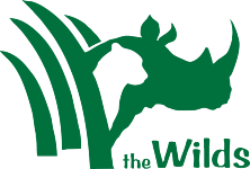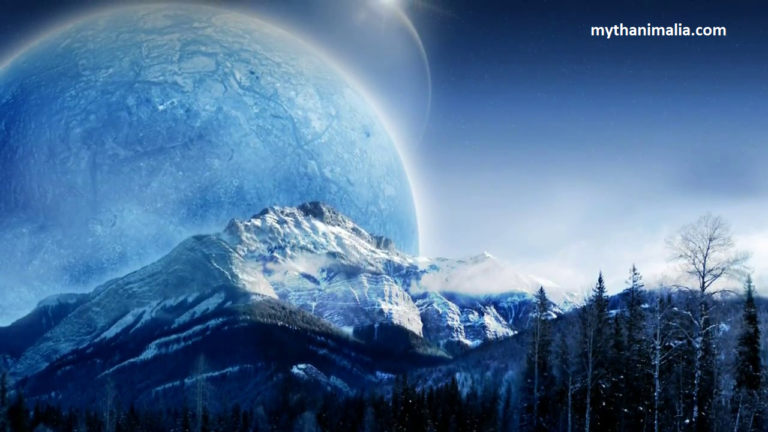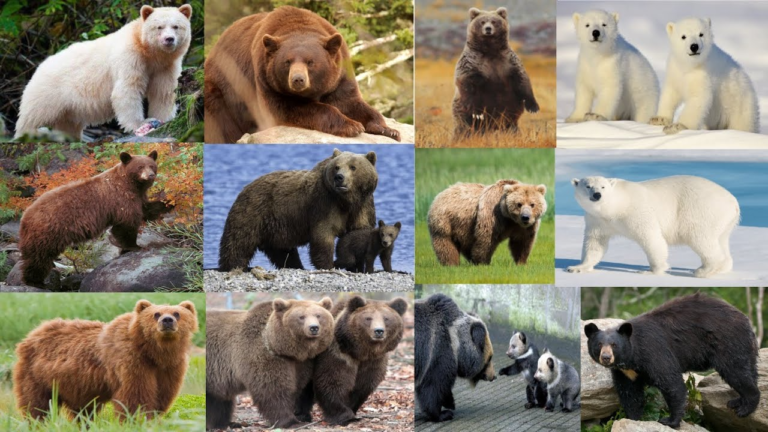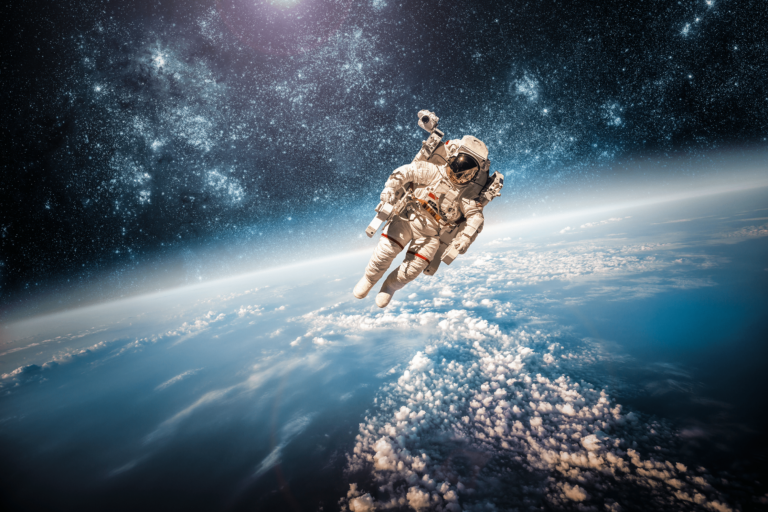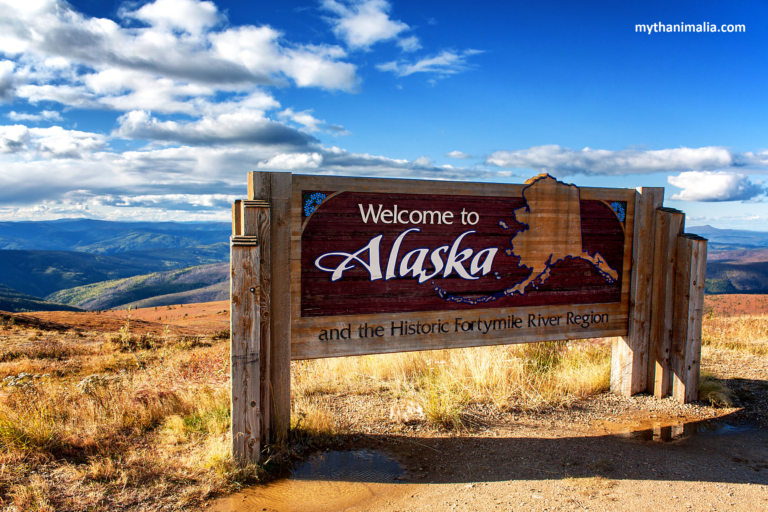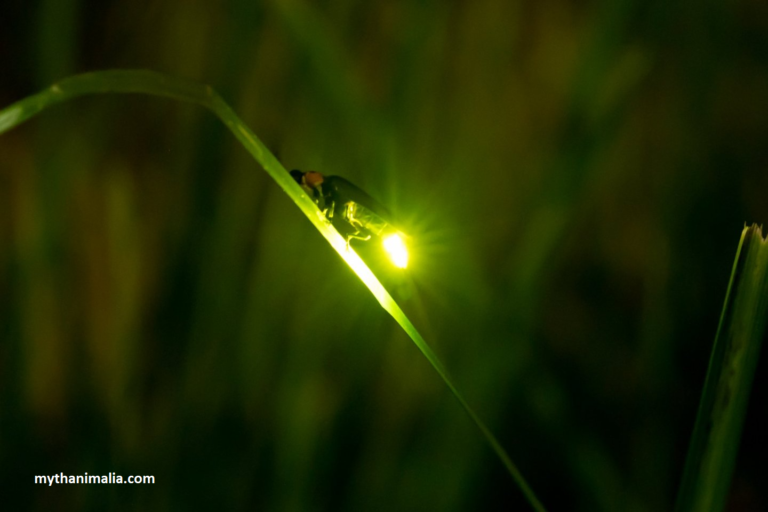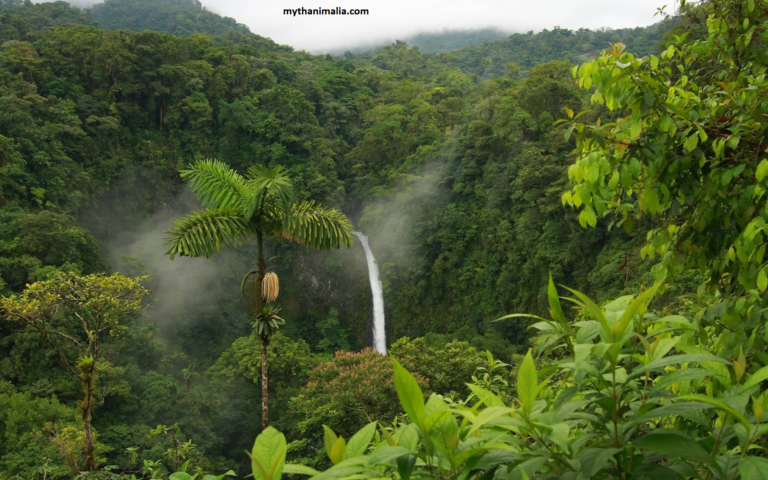Wildlife, Also Explain About Wildlife
Wildlife step into an odyssey meandering through luxuriant woodlands, and sprawling expanses, and plunging into the abyss of the seas to unveil the wonders of the zoological realm.
This encapsulates a myriad of beings freely meandering in their indigenous haunts. Here, navigate through verdant arboreal domains, vast meadows, and profound maritime expanses, immersing yourself in the cryptic domains of creature existence.
1- Habitat
- Forest wildlife
- Desert wildlife
- Wetland wildlife
- Grassland wildlife
- Marine wildlife
- Freshwater wildlife
2- Ecological Role
- Predators
- Prey
- Scavengers
- Pollinators
3- Species Type
- Mammals
- Birds
- Reptiles
- Amphibians
- Fish
- Invertebrates
4- Conservation Status
- Endangered species
- Threatened species
- Vulnerable species
- The Least Concern
5- Geographic Region
- Arctic wildlife
- Tropical wildlife
- Temperate wildlife
- Boreal wildlife
6- Nocturnal/Diurnal
- Nocturnal wildlife (active at night)
- Diurnal wildlife (active during the day)
7- Behavioral Traits
- Solitary animals
- Social animals
- Territorial animals
8- Feeding Habits
- Herbivores
- Carnivores
- Omnivores
1- Habitat
Habitat animals play such a crucial role in the vast tapestry of nature. These creatures weave themselves into the intricate ecosystems. That dot our planet, creating a harmonious coexistence. That is essential for maintaining biodiversity. It’s fascinating to learn about these animals and their environments.
Human Impact on Habitat Animals
Human undertakings, encompassing activities like deforestation and urbanization, cast formidable perils upon the abodes of wildlife. The depletion of innate habitats engenders disarray within ecosystems, precipitating the deterioration of species reliant on particular surroundings.
Pollution
From the introduction of plastics into oceans to the infusion of pollutants into freshwater sources, animals dwelling in their habitats confront unparalleled challenges owing to human-induced pollution. Tackling these predicaments is of utmost importance for the viability of innumerable species.
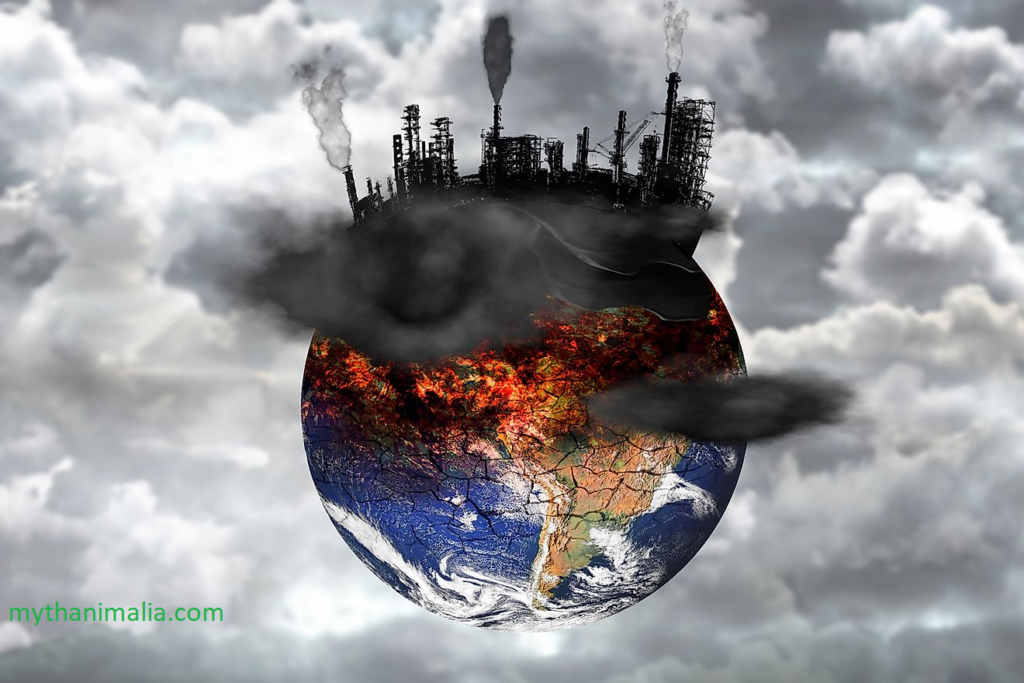
Wildlife Reserves
Establishing nature reserves provides a sanctuary for habitat animals. These protected areas allow species to thrive without the immediate threats posed by human activities.
Climate Change
The impending menace of climate change presents formidable challenges for animals inhabiting specific environments. Escalating temperatures, shifts in precipitation norms, and occurrences of extreme weather necessitate adaptive strategies to safeguard the existence of susceptible species.
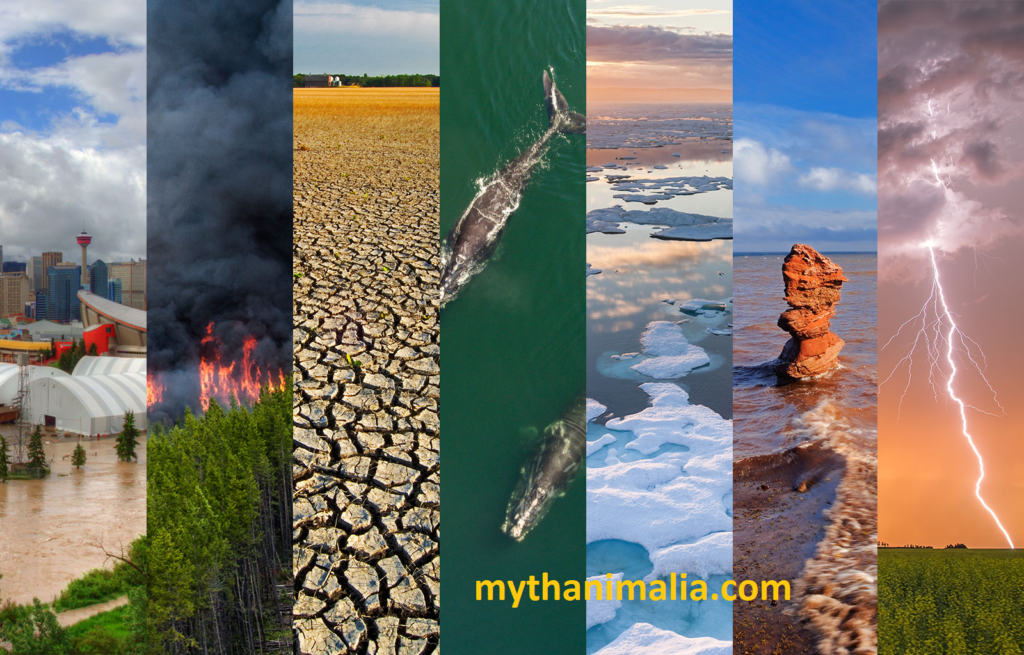
Ecological Role
The natural world is a complex and beautiful system. And animals are the key players in maintaining its delicate balance. Their diverse ecological roles are crucial to preserving the health of our universe. Understanding their importance and how they shape ecosystems is not only fascinating. But also essential to appreciate the intricate dance of nature.
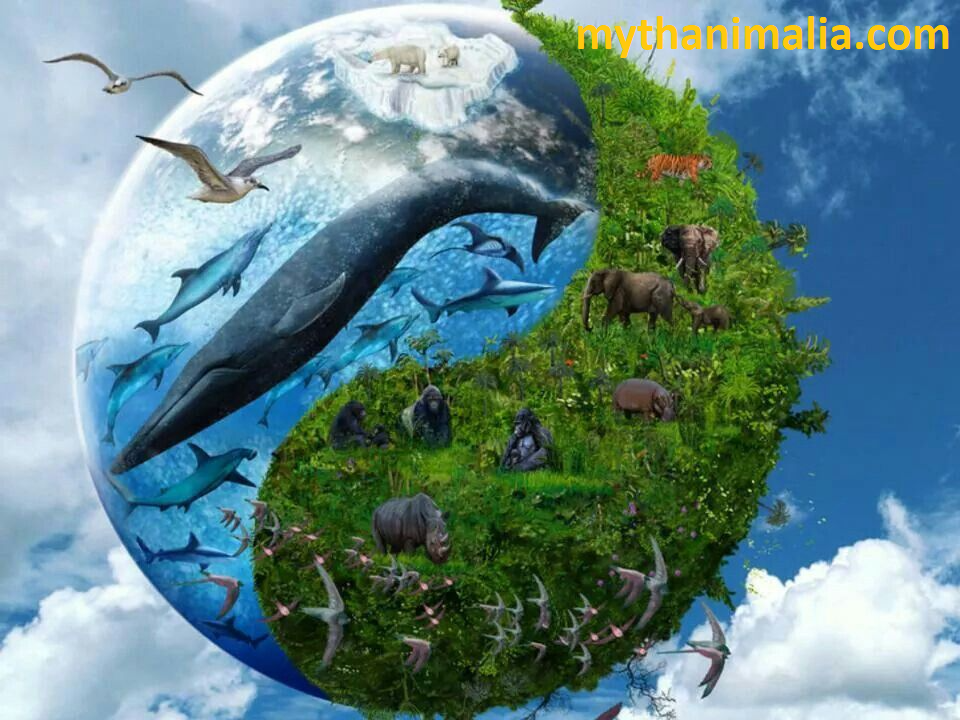
Human Impact on Animal Ecological Roles
Human endeavors, including deforestation and urbanization, interrupt the habitats of animals, culminating in a diminishment of biodiversity and the disintegration of ecological functions within ecosystems.
Excessive harvesting of animal populations for sustenance, commerce, or alternative objectives can precipitate the dwindling of species and the disturbance of their ecological functions. This overexploitation imperils the equilibrium of ecosystems.
What animals are in the wild forest
These are Deer, Wolf, Bear, Moose, Rabbits, Foxes, Raccoons, Squirrels, Chipmunks, Lynxes, and woodpeckers.
Wildlife Species Type
Within the complex network of life, the idea of “species” functions as a fundamental unit, enabling us to comprehend the variety that envelops us. Grasping the various types of species is not just a scientific endeavor, but a vital component of acknowledging the interdependence of life on Earth.
The classification of species is arranged in a hierarchical structure, ranging from general classifications like kingdoms to more specific ones like individual species. This systematic categorization offers a structured approach to classifying and studying diverse organisms.
Biodiversity serves as the zest of existence, and species play a pivotal role in augmenting this abundance. Whether submerged in the profundities of oceans or perched atop towering mountains, every ecosystem encapsulates distinctive adaptations and specializations, creating a spectacle of life’s versatility.
Scientists employ an array of approaches to recognize and classify species, spanning from readily observable morphological traits to sophisticated molecular methodologies, each affording a peek into the intricacies of life.
Conservation Status
At its core, conservation status assesses the vulnerability of species. This takes into account various factors, such as population size habitat availability, and threats faced by the species.
Understanding the conservation status of a species is vital for effective conservation planning. It enables us to prioritize resources and implement strategies to prevent further decline or extinction. Species facing a high risk of extinction fall into the threatened category.
What types of animals are in a forest
Forest habitat animals include mammals, such as squirrels; reptiles, like anoles, amphibians, such as tiger salamanders many birds, including woodpeckers and various insects, like butterflies and ants. Each forest type hosts its own unique set of organisms.
Geographic Region
Geographic regions are the distinguishable sections of the Earth’s surface. They share common traits like climate, topography, and cultural nuances. These regions work as windows through which we can better comprehend the intricacies.
Dynamics of our planet and how human societies coexist with their surroundings. Have you ever marveled at the vast tapestry of landscapes? That stretch across our planet? Every geographic region sketches distinctive portraits. Wonders of these geographic regions and understand the profound impact they have on our daily lives.
Nocturnal/Diurnal
The enchanting dance between night and day, where the natural world transitions seamlessly from darkness to light? This rhythmic spectacle is governed by the concepts of nocturnal and diurnal behaviors, showcasing the fascinating adaptations of various organisms to their respective environments.
” Nocturnal” means creatures and activities that mainly happen at night, like the animals in the forest and the stars above. The nocturnal world has its wonders that we can discover.
Behavioral Traits
Pondered the fascinating array of behaviors exhibited by living beings. In the elaborate choreography of bees and the grandiose migrations of birds, behavioral characteristics emerge as the strands intertwine to craft the opulent tapestry of life on Earth.
An expedition to delve into the varied and enthralling realm of behavioral traits, probing into how organisms articulate themselves and navigate the intricacies of their surroundings.
Wildlife Feeding Habits
Within the expansive domain of wildlife, feeding practices are intricately linked to survival, reproduction, and the fragile equilibrium of ecosystems.
This piece delves into the captivating realm of how wild animals sustain themselves. As we marvel at the diverse feeding habits of wildlife, it becomes clear that conservation efforts must stem from a deep understanding of these intricate relationships.
Frequently Asked Questions?
Q1- What’s Wildlife Conservation?
A1- Wildlife conservation is a multifaceted approach to protecting and preserving wild species and their habitats. It involves habitat restoration, breeding programs, and community engagement to ensure the long-term survival of diverse ecosystems.
Q2- Why is Biodiversity important?
A2- Biodiversity is vital for several reasons. It enhances ecosystem stability, contributes to ecosystem services like pollination and pest control, and provides genetic diversity, aiding adaptation to environmental changes.
Q3- How does Climate Change affect Wildlife?
A3- Climate change poses a grave threat to wildlife by altering natural habitats, affecting migration patterns, and leading to the loss of biodiversity. Species unable to adapt may face extinction.
Q4- What are Protected Areas?
A4- Protected areas are designated regions where human activity is restricted to safeguard ecosystems and their inhabitants. These areas serve as refuges for wildlife, allowing them to thrive without the constant threat of habitat destruction.
Q5- How can Individuals Contribute?
A5- Individuals can contribute to wildlife conservation by supporting sustainable practices, participating in community initiatives, and raising awareness. Small actions collectively make a significant impact on preserving our natural heritage.
